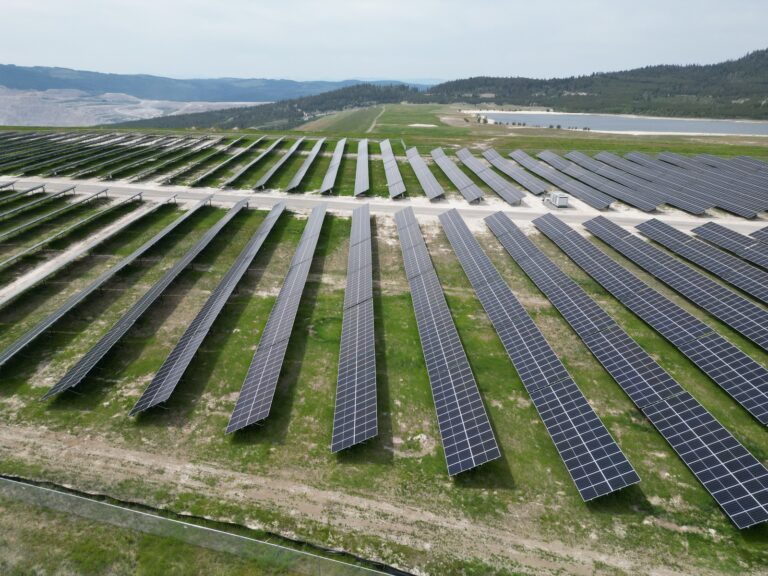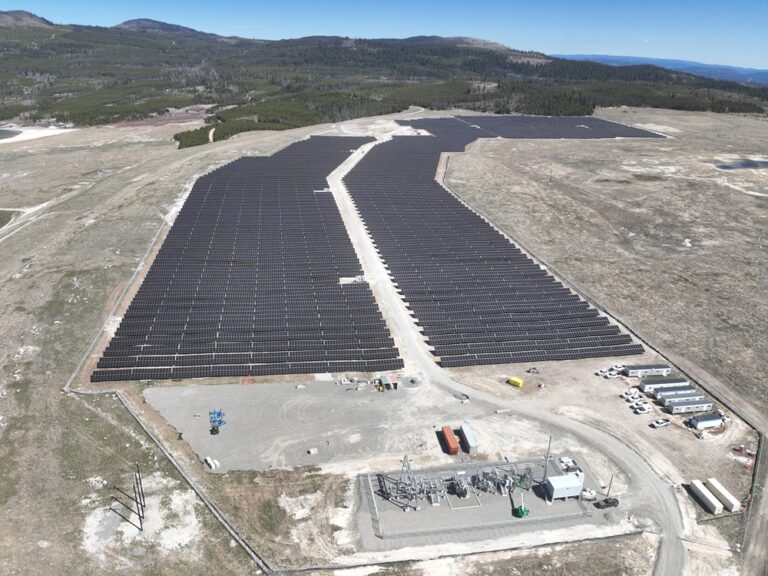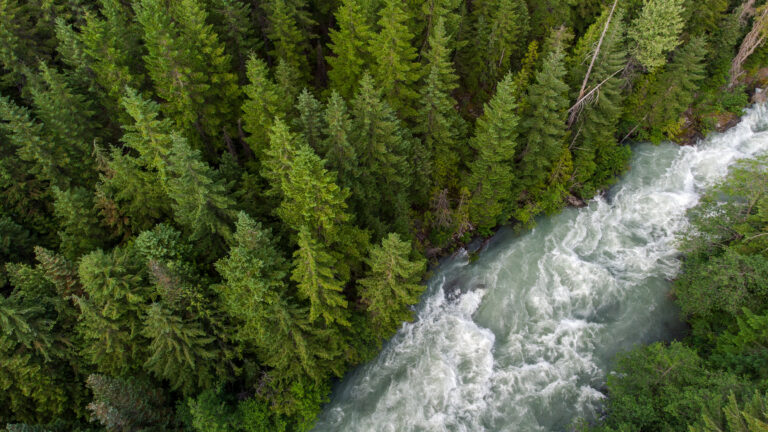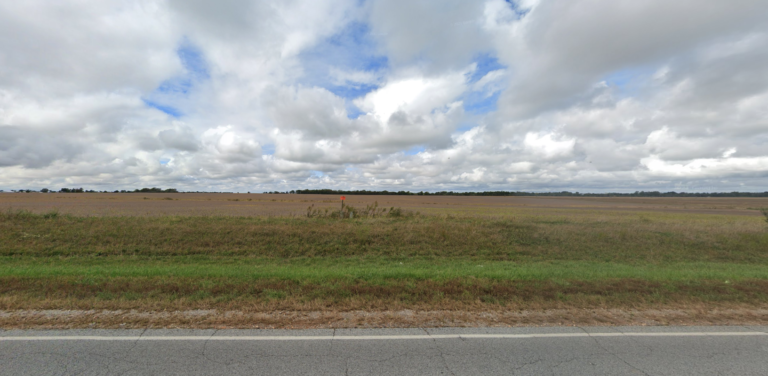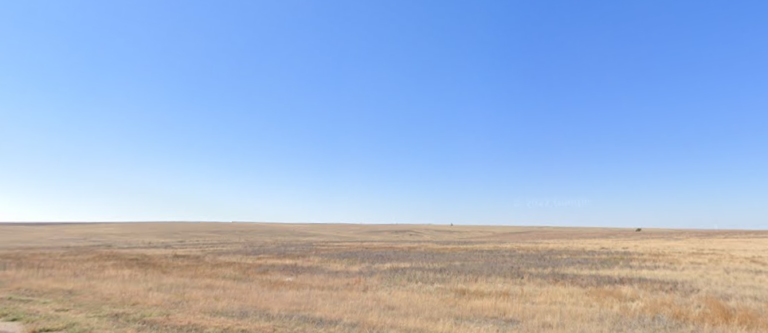Project Location
The Buffalo Branch Wind Project is located within Dade County, Missouri, approximately 3 miles southeast of Lockwood and 3 miles southwest of Greenfield. The project area is comprised of private land, and land use in the area is predominately ranching and agriculture.
Project Development
With decades of experience, we have a team of internal experts to take projects from conception and make them a reality. Our team works in close consultation with government agencies and key stakeholders to site, build and operate our facilities responsibly. To learn more about our approach to project development, click here.
We acquired the Buffalo Branch Wind Project in February 2022, and are currently working to advance development. Over the last year, we have advanced transmission interconnection studies and long-lead procurement for project components required to connect the project to the power grid. Geotechnical studies are planned in the year ahead and will be used to identify below-ground features and inform project design.
We are committed to engaging stakeholders in the decision-making process for the project. We believe that trust is the foundation for long-term successful relationships, and we know that trust is only earned over time, by working together with honest and transparent communications.
For more information on the Buffalo Branch Wind Project, please email us at projects@bluearth.ca or call 1-844-214-2578.
Project Infrastructure
The Buffalo Branch Wind Project would involve wind turbines, a substation, electrical collection systems and access roads, and a transmission line to the point of interconnection.
Additional Resources
Frequently Asked Questions
Numerous studies conducted in Canada and the United States regarding the impact of wind energy projects on property values have shown that the establishment of a wind farm has little to no long-term negative impact on the values of surrounding properties. Most research concludes there is no impact on property values, however there is a small amount of research that shows an increase in property values and small amount of research that shows a temporary decrease.
Below are studies on the relationship between wind facilities and property value:
- Energy Policy (2024): Commercial wind turbines and residential home values: New evidence from the universe of land-based wind projects in the United States
- Commercial Wind Energy Installations and Local Economic Development Evidence from U.S. Counties (2022)
- Journal of Real Estate Research (2020): Wind Energy Facilities and Residential Properties: The Effect of Proximity and View on Sales Prices
- Land (2019): The Influence of Wind Energy and Biogas on Farmland Prices
- Lawrence Berkeley National Laboratory (2013): A Spatial Hedonic Analysis of the Effects of Wind Energy Facilities on Surrounding Property Values in the United States
The global wind industry collectively continues to engage with experts in science, medicine and occupational and environmental health to monitor ongoing credible research in the area of wind turbines and human health. Over 20 years of research into the impact of wind turbines on human health indicates that wind turbines – when constructed properly at the permitting authority’s approved setback distances – do not pose a risk to people’s health.
We understand some individuals have concerns about wind facility construction and operation and we take these concerns seriously. The Two Rivers Wind Project has been designed to meet or exceed all local regulations and guidelines in place to protect human health.
Below are studies and fact sheets on the relationship between wind turbines and human health:
- American Clean Power: Wind Turbines and Public Health
- Health Canada: Wind Turbine Noise and Health Study: Summary of Results
- Journal of Occupations and Environmental Medicine: Wind Turbines and Health: A Critical Review of the Scientific Literature
- Independent Expert Panel prepared for the Massachusetts Department of Public Health and Massachusetts Department of Environmental Protection: Wind Turbine Health Impact Study
Wind turbines occupy a small fraction of the land on which they are sited, so they work in harmony with existing and established land uses. In rural settings, farming and ranching continue undisturbed. Livestock, such as sheep, cows and horses, can continue to graze around the towers. In fact, wind energy helps create a healthier environment by not emitting greenhouse gases or air pollutants, and using no freshwater to generate electricity.
There are many factors that go into siting a turbine. We’re still looking at a few different turbine models, and each model can change the location of turbines slightly, so we won’t be able to release a map until the final turbine order is made. We take several factors into account when building a turbine layout including homes, wildlife habitat, environmental study results, and roads.


